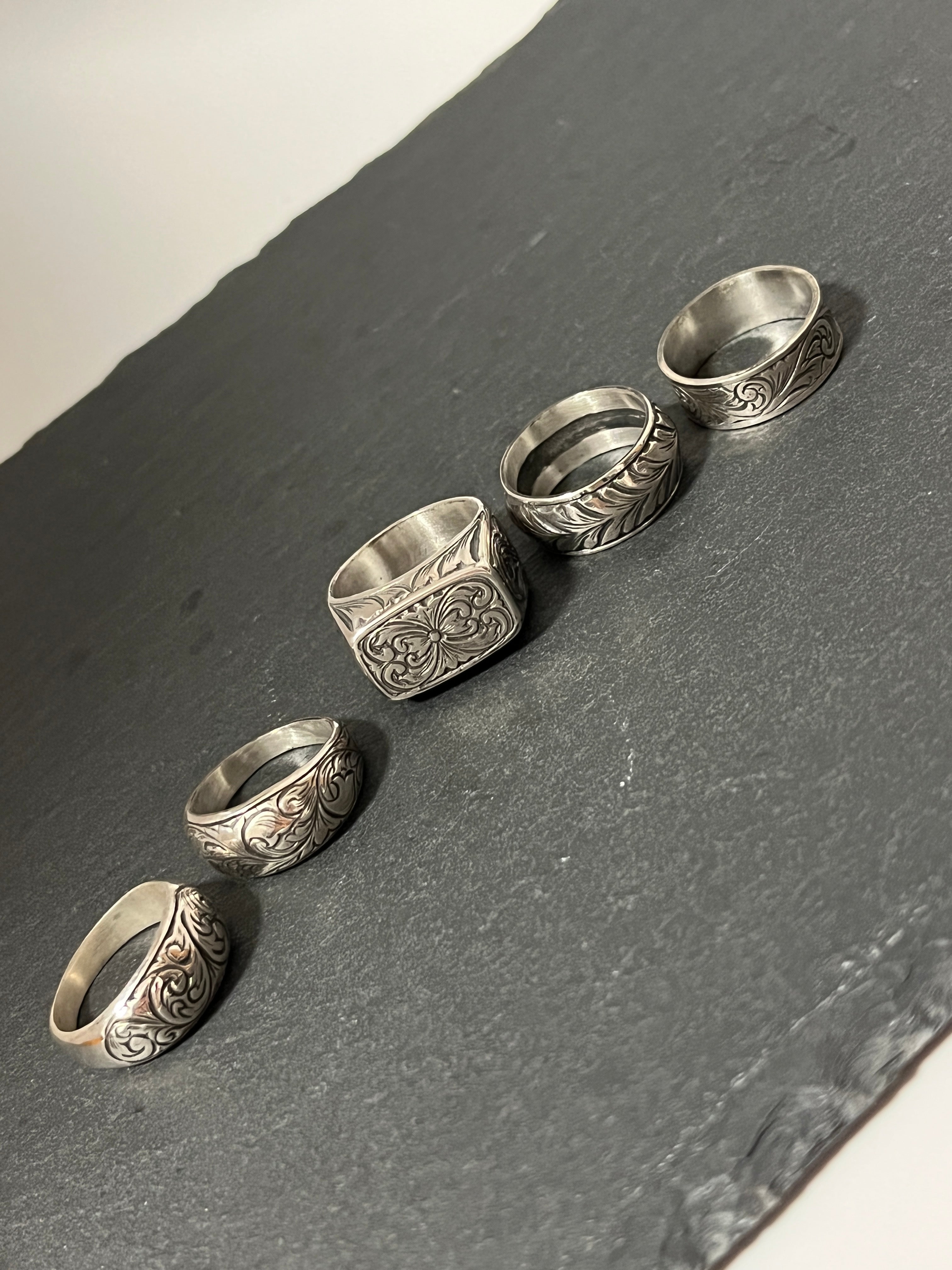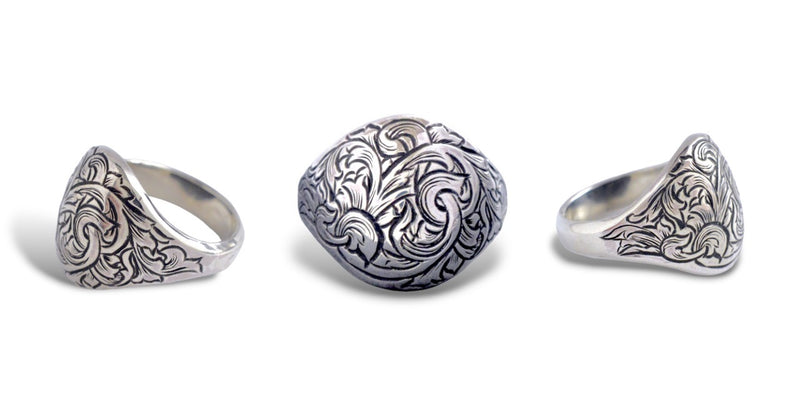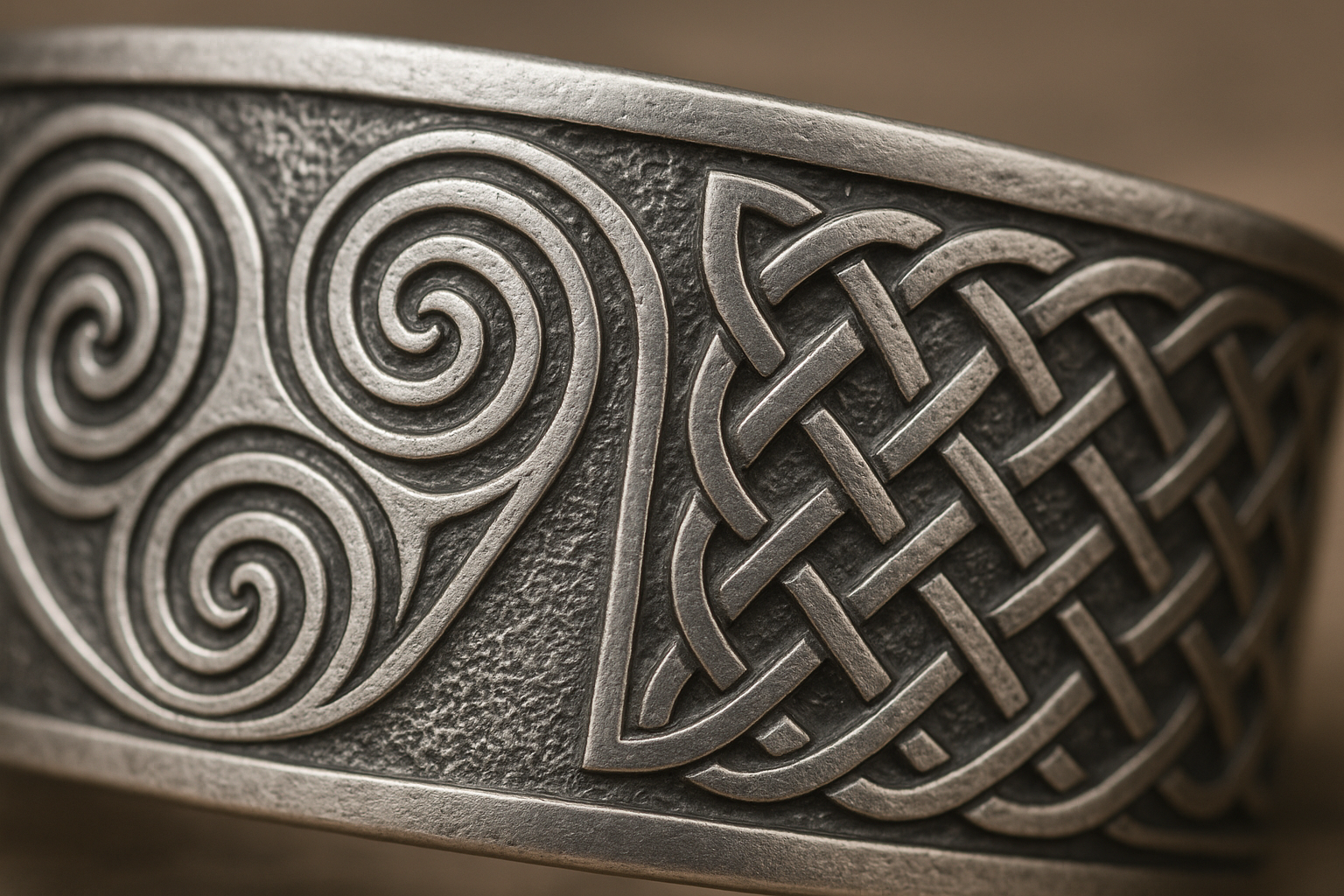
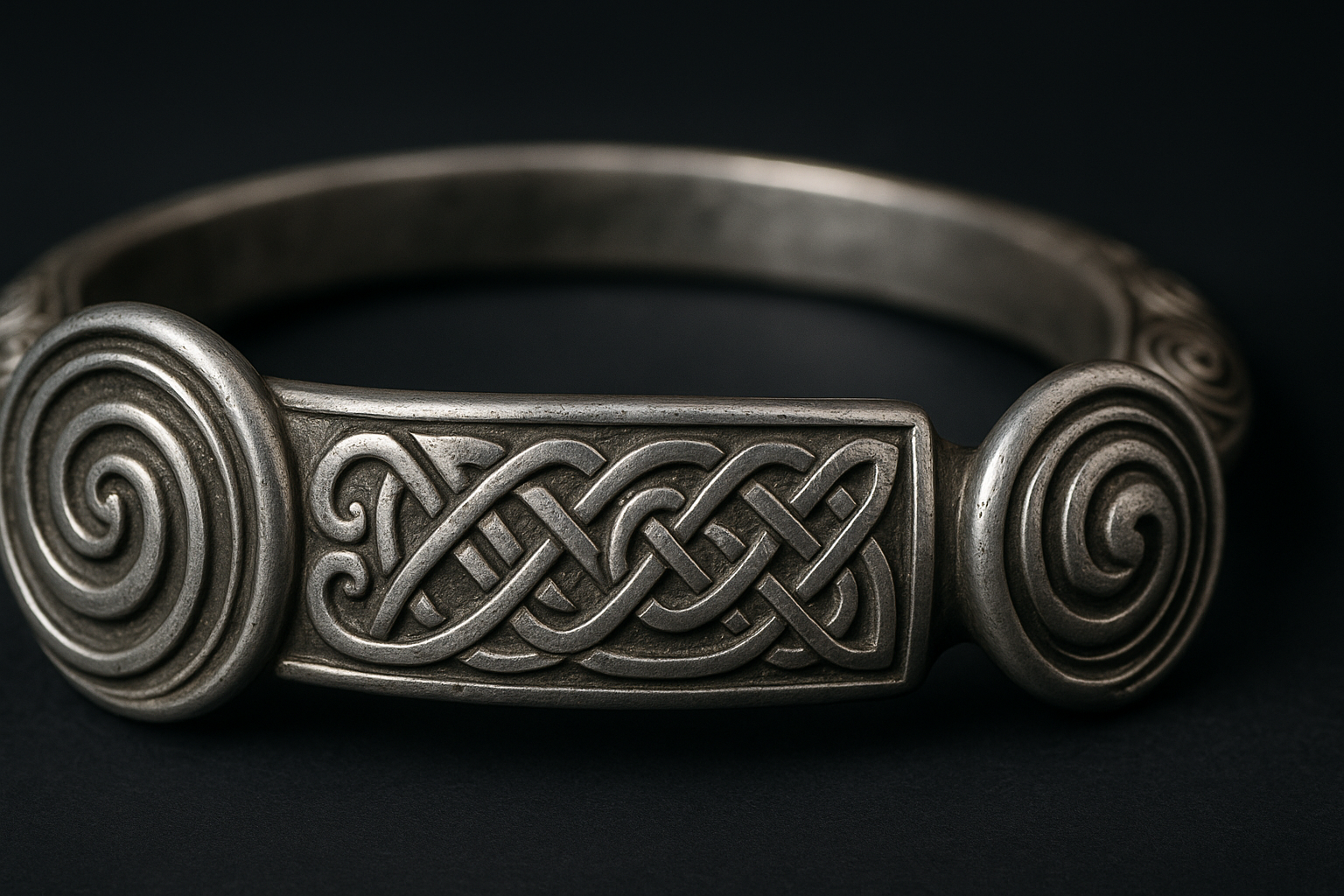
Celtic Silver Ornaments: Beliefs and Symbolism
The Celtic people

The Celts were an Indo-European cultural group that spread across Europe from around 1200 BC.
They were widely distributed in what is now Ireland, Scotland, Wales, parts of France (Gaul), and Central Europe.
They left almost no written records, and their culture and beliefs were passed down orally and through the visual arts .
They are particularly skilled in metalwork, and many ornaments and weapons made from bronze, iron, and silver have been excavated.
These relics served as decoration as well as symbols of status, faith, and community .
Types and meanings of Celtic patterns
The characteristic of Celtic decoration is its abstract and continuous pattern expression.
The most common patterns and their general interpretations are as follows:
-
Spiral : It is thought to symbolize the cycle of life, eternity, and the power of the sun and nature.
(Source: Decorative stone carvings from the Newgrange ruins in Ireland, etc.) -
Triskele : A design that symbolizes the Trinity, the flow of time (past, present, future), and harmony between mind, body, and soul.
(The religious origins are unclear, and it has existed since before the introduction of Christianity.) - Braided cord pattern (Celtic knot) : Characterized by its composition of unbroken lines, it is interpreted as a symbol of eternity, bonds, and circulation .
These patterns were used on utensils, weapons, and accessories as symbolic and linguistic designs that went beyond mere decoration.
Nowadays, it is valued for its decorative qualities and is widely used as a design motif apart from its religious significance.
Silverwork techniques and uses
Celtic metalworking reached its peak in archaeological terms during the La Tène period.
The following techniques have been identified in silverwork from this period:
- Forging and hammering : Hammering silver or bronze to create a shape.
- Engraving/watermark : The pattern is expressed by line engraving or relief carving.
- Inlay : Gold, enamel, amber, glass, etc. are set into a silver base.
Some of the most popular silver products include:
- Torc : A twisted necklace worn around the neck and considered a symbol of status and courage.
- Brooch (penannular brooch) : A ring-shaped fastener used to fasten clothing.
- Bracelets and rings : They were used for both ceremonial and everyday use, and also to indicate social status.
Silver is more corrosion-resistant and retains its luster longer than bronze or iron, making it an important decorative material for royalty and the warrior class.
Celtic design in modern jewelry
Celtic designs were rediscovered during the Celtic Revival in the 19th century.
Nowadays, it is frequently used in traditional Scottish and Irish crafts as well as in modern silver accessory designs.
- Celtic knot : Used as a symbolic design for wedding rings and matching rings.
- Spirals and triskelions : These motifs are used in jewelry and tattoos to represent life, regeneration, and protection.
Although its ancient religious background has faded, it continues to influence many designers as a design that represents "eternity," "circulation," and "bonds."
summary
Celtic silver decoration is not only beautiful, but also a form of artistic art that is closely linked to faith, society, and views of nature.
The symbols contained in the spiral and braided patterns have been passed down through the ages to modern jewelry.
It is not just a design, but lives on today as a "cultural memory that can be worn on the body."
